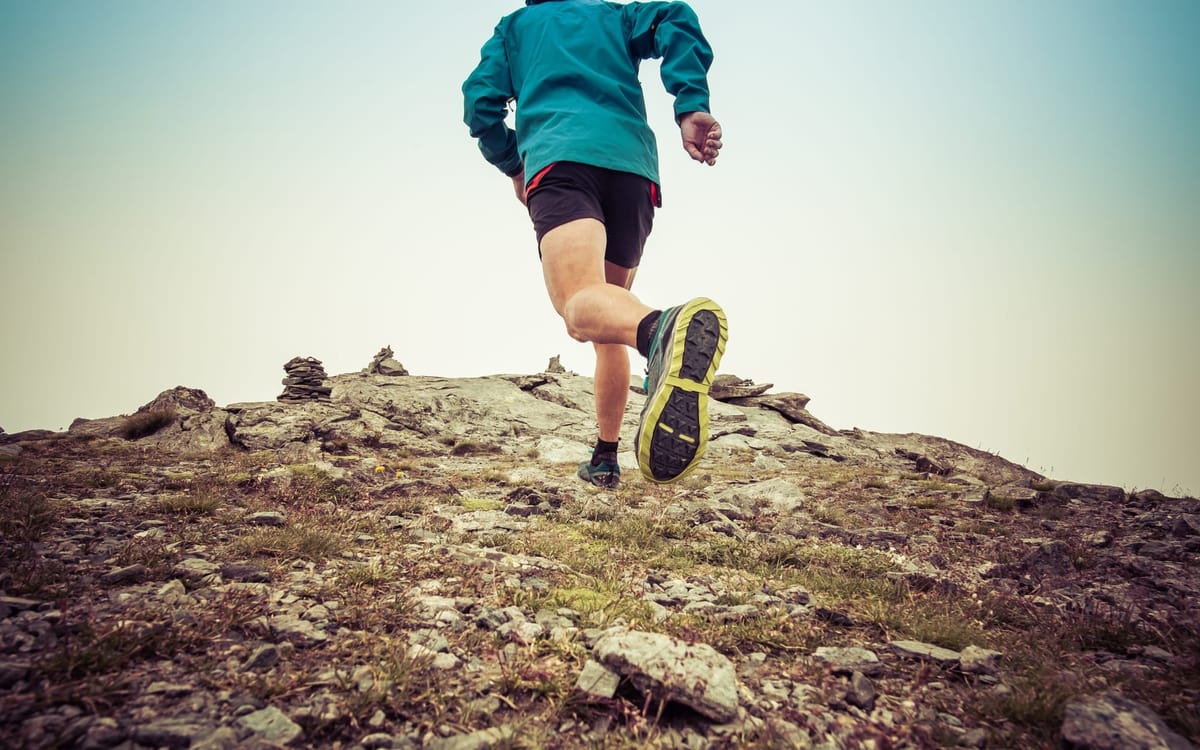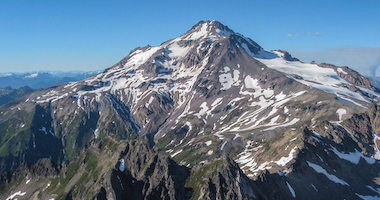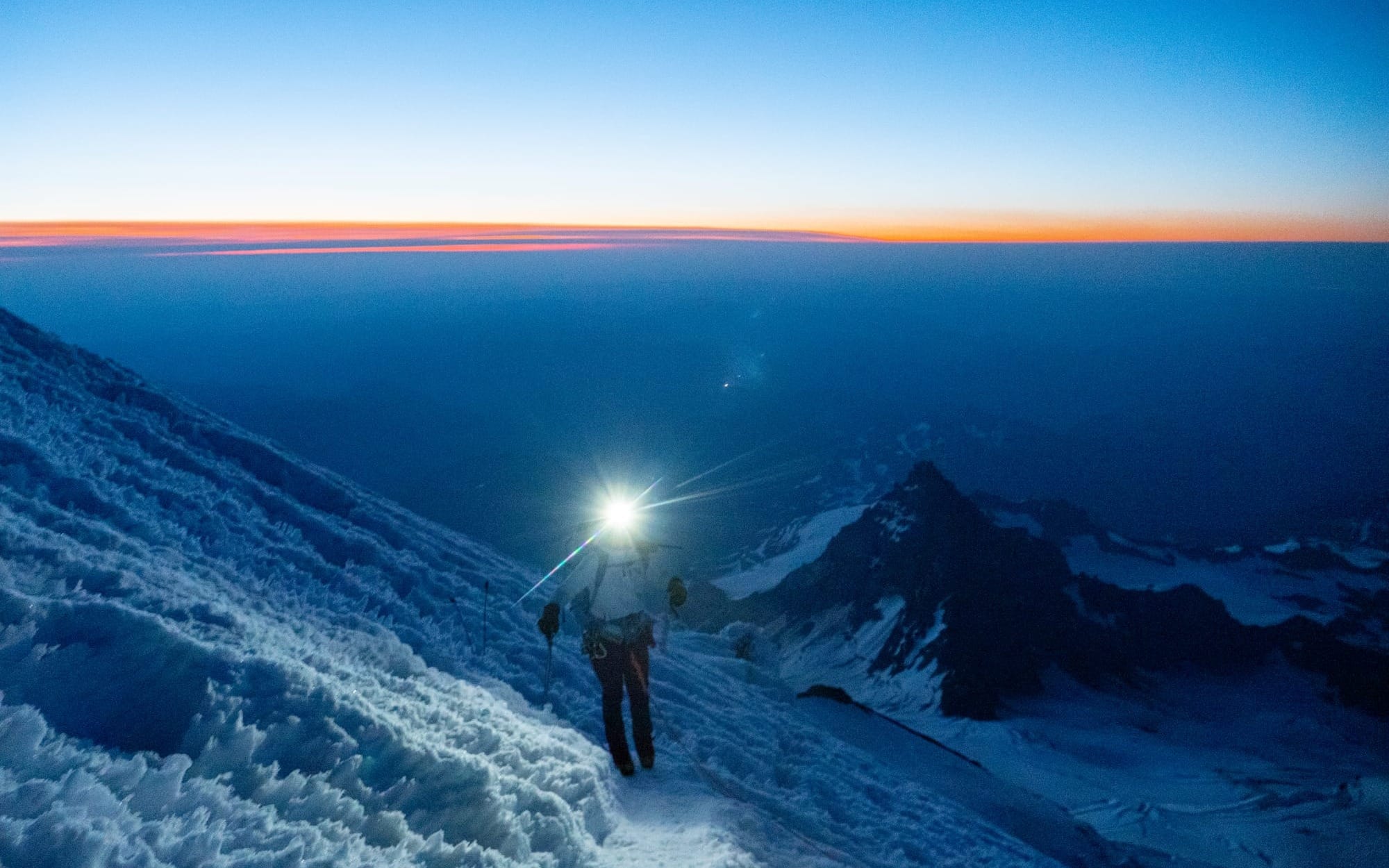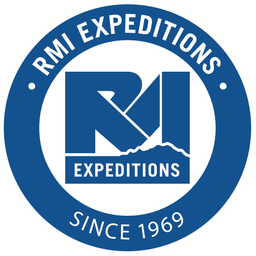Mount Rainier: it’s a mountain that looms large—both literally and figuratively—in the mind of climbers. With 14,410 feet of altitude, heavily glaciated slopes, and weather patterns that can change on a dime, Rainier commands respect. But don’t let that intimidate you! Whether you’re taking on the classic Four-Day Summit Climb via Disappointment Cleaver or looking to test your mettle on a more technical route like the Kautz Glacier, this guide is your one-stop shop for understanding the qualifications, prerequisites, and key skills needed to stand on top of the most glaciated peak in the contiguous U.S.
Why Mount Rainier is So Unique
Mount Rainier is a fantastic training ground for all levels of mountaineers. It provides:
- Steep Ascents & Heavy Loads: You’ll face sustained elevation gains, sometimes carrying 35-60 lbs in your pack.
- Extensive Glacier Travel: Rainier’s glaciers are riddled with crevasses, requiring rope management and rescue know-how.
- Rapid Altitude Gain: Most routes move from 5,400 feet (Paradise) to 14,410 feet in as little as 2-4 days.
- Unpredictable Weather: Rainier practically invents its own storms, meaning you could get anything from bluebird skies to whiteouts.
- Technical Terrain: Depending on your chosen route, you’ll need to handle steep snow slopes, ice climbing, rock scrambling, or all three.
Skill & Experience Requirements
Because Mount Rainier is so diverse, the level of experience you need depends on the route you choose and whether you climb independently or with a guide. These are the core competencies every Rainier climber should develop:
Glacier Travel & Crevasse Rescue
- Roped Travel: Proper rope spacing and communication are literal lifesavers.
- Crevasse Rescue: Know how to set up a Z-pulley, ascend a rope, and build secure snow anchors.
- Risk Assessment: Glacier travel is never risk-free; being able to read the terrain is critical.
Crampon & Ice Axe Techniques
- Footwork on Steep Snow: Improper technique can lead to slips and tumbles.
- Self-Arrest: Practice until it’s second nature—this is your primary safety tool on steeper terrain.
- Steep Ice Skills: Advanced routes may require front-pointing and mixed climbing techniques.
Rope Work & Anchors
- Knots & Hitches: Figure-8, Prusik, Clove Hitch, and Butterfly Knots are essential for safe glacier and steep-terrain travel.
- Belaying & Fixed Lines: Secure belays or fixed ropes can be crucial on more exposed terrain.
- Anchors & Protection: On advanced climbs, you may need to protect sections or set up running belays.
Snow Camping & Environmental Stewardship
- Camp Setup: Building snow walls, leveling tent platforms, and staying warm in sub-freezing temperatures.
- Leave No Trace: Pack out everything (yes, everything), and minimize environmental impact to preserve the alpine setting.
Training & Preparation
For in-depth information on the physical and mental prep you should do for Mount Rainier, see our article here:

Cardiovascular Endurance
- Uphill Focus: Aim for 4-6 hour hikes or runs with significant vertical gain (3,000+ feet).
- Consistency Over Time: Develop a base of regular cardio—running, hiking, or cycling.
Strength & Load-Carrying
- Weighted Pack Hikes: Gradually work up to hauling 40-60 lbs on stairs or steep terrain.
- Leg & Core Strength: Squats, lunges, deadlifts, and planks help prevent injury and reduce fatigue.
Technical Skills Practice
- Local Snowfields (If Available): Work on self-arrest, crampon techniques, and rope travel in a safer environment.
- Ice Climbing Sessions (Optional): Time on vertical or steep ice can be hugely beneficial if your chosen route is more technical.
Mental Preparedness
- Long Summit Pushes: Summit day can stretch 10-14 hours, so build the endurance and mindset to stay focused.
- Weather Flexibility: Be ready to shift plans. A summit attempt can be halted or delayed by changing weather.
Guided vs. Independent: Which Path Is Right for You?
Guided Climbers
- Expert Instruction: Guides teach glacier travel, rope management, and crevasse rescue as you climb.
- Logistics Handled: Permits, route selection, and risk management are overseen by professionals, letting you focus on learning and performance.
- Steeper Learning Curve: You can tackle bigger challenges under a safety net of experienced pros.
Independent Climbers
- Full Autonomy: You control every decision—route-finding, pace, camp setup, and rescue procedures.
- Required Expertise: You must be proficient in all mountaineering skills and confident making high-stakes calls under pressure.
- Greater Time Investment: Expect to spend more time planning and training in every aspect of the climb.
The RMI Difference
RMI Expeditions has over 50 years of experience guiding on Rainier. Our approach combines skill-building, professional leadership, and strong logistics so you can focus on climbing with confidence:
- Structured Acclimatization & Training: Build key skills at lower elevations before pushing higher.
- High Guide-to-Climber Ratio: Personalized coaching means you learn faster and climb safer.
- Seamless Support: We handle permits, group gear, and risk assessments, so you can maintain your energy for the summit push.
Final Thoughts: Earn the Summit, Embrace the Experience
Standing on Rainier’s summit is an epic milestone—but the journey shapes you just as much as the view from the top. Training, rope-team camaraderie, early alpine starts, and a willingness to face unpredictable conditions are all part of the adventure.
- Train Smart: Focus on cardio, strength, and technical skills.
- Pick Your Approach: Guided if you want expert mentorship and fewer logistics; independent if you’re experienced and crave total autonomy.
- Respect the Mountain: Conditions can shift quickly—listen to your body, your guides, and the weather.
Ready to challenge yourself? Explore RMI’s guided programs and skills seminars. Our team is here to turn your Mount Rainier aspirations into reality—step by step.

















